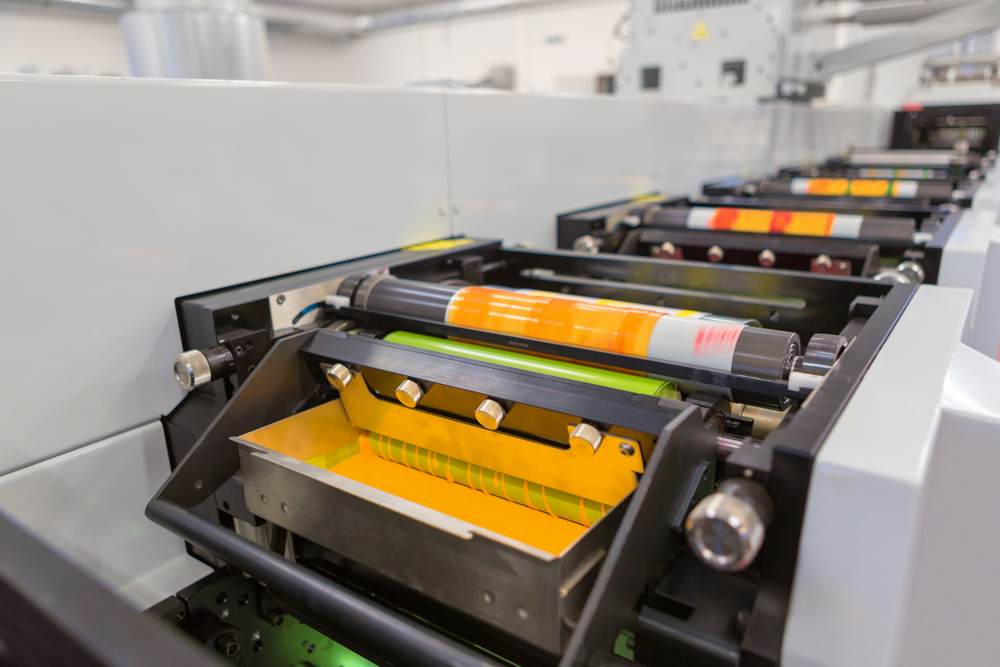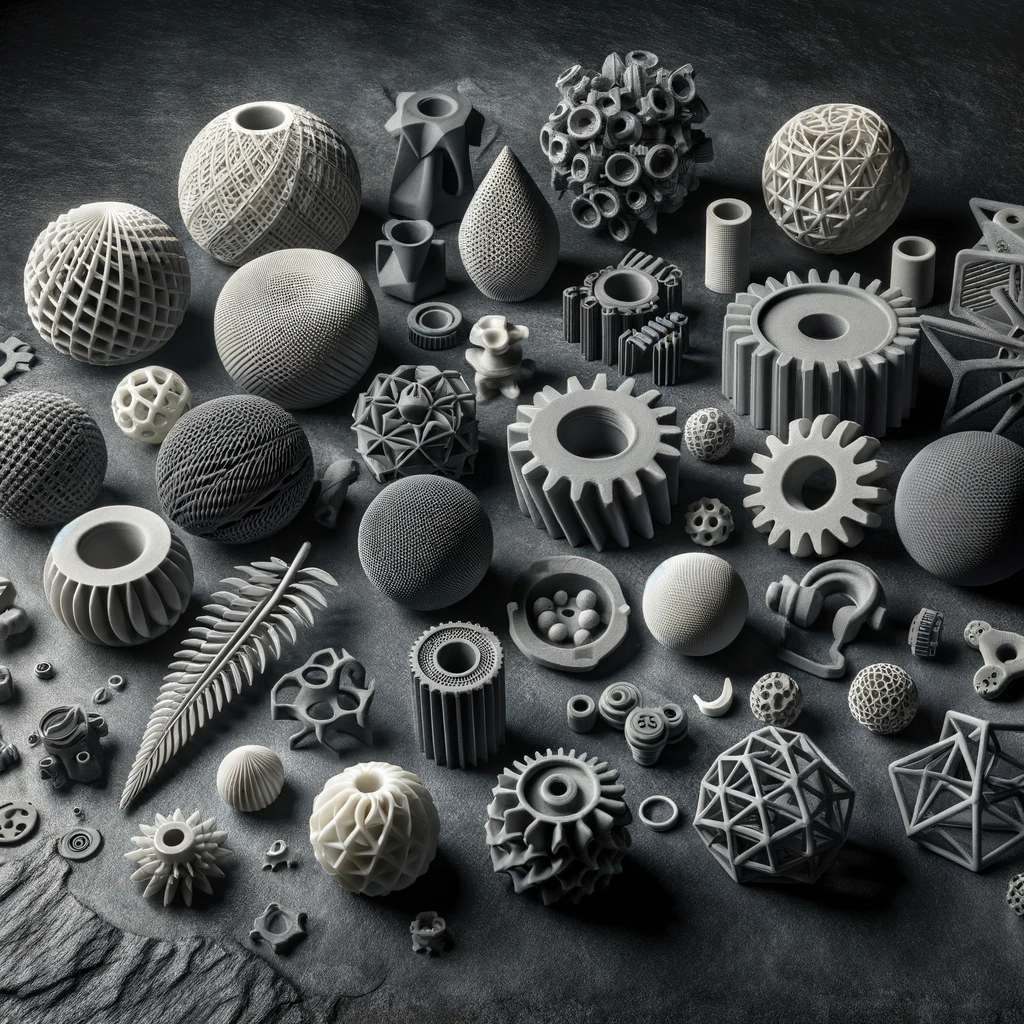What Is Ceramic 3D Printing? How Does It Really Work?
Printing objects in ceramics is an exciting technological process, and we want to shed light on how it works! Incorporate ceramic 3D printing into your next project with this incredible technology. Smartech is in partnership with Steinbach’s Technical Ceramics department which creates highly precise ceramic components to support the 3D printing process. From prototypes to series production, choose ceramic 3D printing for its precision and resistance factors not found in other 3D printing processes.
What Is Ceramic 3D Printing?
Ceramic 3D printing is a process in which ceramic objects are created using a 3D printer. A digital file containing the object’s design gets loaded into the 3D printer, which then builds the object layer by layer using ceramic materials. 3D ceramics use cases range from industrial components to architectural models. Here’s what makes 3D printing ceramics stand out among other types of 3D printing.
Materials
Ceramic 3D printing uses specific materials, including ceramic powders or liquid slurries, for the primary building material.
Printing Process
There are multiple types of printing processes for 3D ceramic printing, including methods like binder jetting and inkjet 3D printing.
Post-Processing
Ceramic 3D printed products typically require post-processing to make the product suitable for use and improve the surface finish.
Applications
Projects and processes that require intricate details, high accuracy, and high-temperature resistance rely on ceramic 3D printing, including for aerospace, medical parts, automotive parts, and other industries.
How Does Ceramic 3D Printing Work? The Process Behind It
A 3D printer builds an object layer by layer, following the object’s design uploaded in a digital file. The process for ceramic 3D printing works as follows:
Design
The first step in ceramic 3D printing is developing the digital design for the object. A digital design is typically created using computer-aided design (CAD) software. The design is then sliced into thin layers, which are used by the 3D printer to build the object.
Printing
The 3D printer uses the digital design upload to build the ceramic object layer by layer. There are various methods used in 3D printing ceramics, including binder jetting, inkjet 3D printing, and extrusion. For example, binder jetting is a type of ceramic 3D printing where the ceramic powder is spread over the build platform, and a liquid binder is applied, which bonds the powder particles together to form a solid object.
Post-Processing
After the ceramic object is printed, post-processing takes place. The post-processing steps may vary depending on the type of finished product and its use cases. For example, a 3D ceramic printed object may require glazing and polish to improve its surface finish.
What Are the Types of Ceramic 3D Printing?
Ceramic 3D printing continues to develop as a cutting-edge technology, and new methods and materials are being developed constantly. There are several types of ceramic 3D printing with their own unique sets of advantages and disadvantages, and each type has its own specific requirements and post-processing steps necessary for a complete finished product. Some of the most common types of ceramic 3D printing include:
Binder Jetting
Binder jetting is one of the most widely used types of ceramic 3D printing. This printing process involves using a liquid binder that acts as a glue for layers of ceramic powder.
Inkjet 3D Printing
Inkjet 3D printing is a type of ceramic 3D printing that uses an inkjet print head to deposit droplets of what’s known as ceramic slurry, a mixture of ceramic powder and a liquid binder. These droplets are deposited into a specific pattern used to build the object.
Extrusion
Extrusion uses ceramic paste, which creates a 3D object layer by layer with a paste made of ceramic powder and a liquid binder.
Laminated Object Manufacturing
Laminated object manufacturing, or LOM, uses sheets of ceramic material that are cut and bonded together to create the ceramic object.
Direct Energy Deposition
Direct energy deposition is another type of ceramic 3D printing that uses a high-energy beam like a laser or electron beam to melt ceramic powder as it gets deposited to build the object layer by layer.
Why is Ceramic Used in 3D Printing?
Ceramic is used in 3D printing for a variety of reasons. Some of the main advantages of using ceramics in 3D printing include the following:
- High-Temperature Resistance
- Abrasion Resistance
- Chemical Resistance
- High Strength
- Biocompatibility
- Customizability
- Cost-Effectiveness
- Low Environmental Impact
Industries Where Ceramic 3D Printing is Used
A variety of industries utilize ceramic 3D printing, including:
- Aerospace
Aerospace and aviation industries utilize ceramic materials for intricate parts like fuel nozzles and engine components because of their high-temperature resistance and ability to withstand extreme conditions.
- Automotive
The automotive industry also appreciates ceramic materials for their high-temperature resistance, strength, and durability for automotive applications, including catalytic converters and brake systems.
- Industrial
Industrial applications for ceramic 3D printing can include components like gears, bearing, and pump components. The high abrasion resistance and chemical resistance of ceramic materials make this an ideal material for use in harsh industrial environments.
- Medical & Dental
Ceramic materials can also be biocompatible, which makes them suitable for use in both medical and dental applications, including custom implants, prosthetics, and dental crowns.
- Research & Development
Ceramic 3D printing can also be used to create complex geometries and the intricate details necessary for research and development projects in a variety of fields, including chemistry, materials science, and physics.
Steinbach’s Custom 3D Printed Ceramic Components
Ceramic 3D printing is an exciting technological process with a number of benefits over traditional ceramic manufacturing methods and opens up new possibilities for product design and development. Visit Smartech Online to view Steinbach’s custom 3D printed ceramic components and speak to one of our representatives for more information or how to improve your experience with ceramic 3D printing.

Looking for More Information?
Check out our Resources or Contact Us

